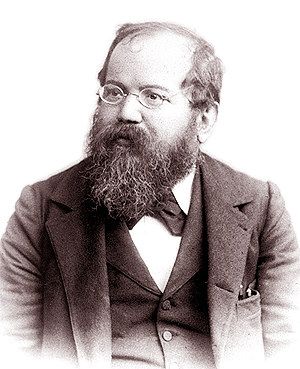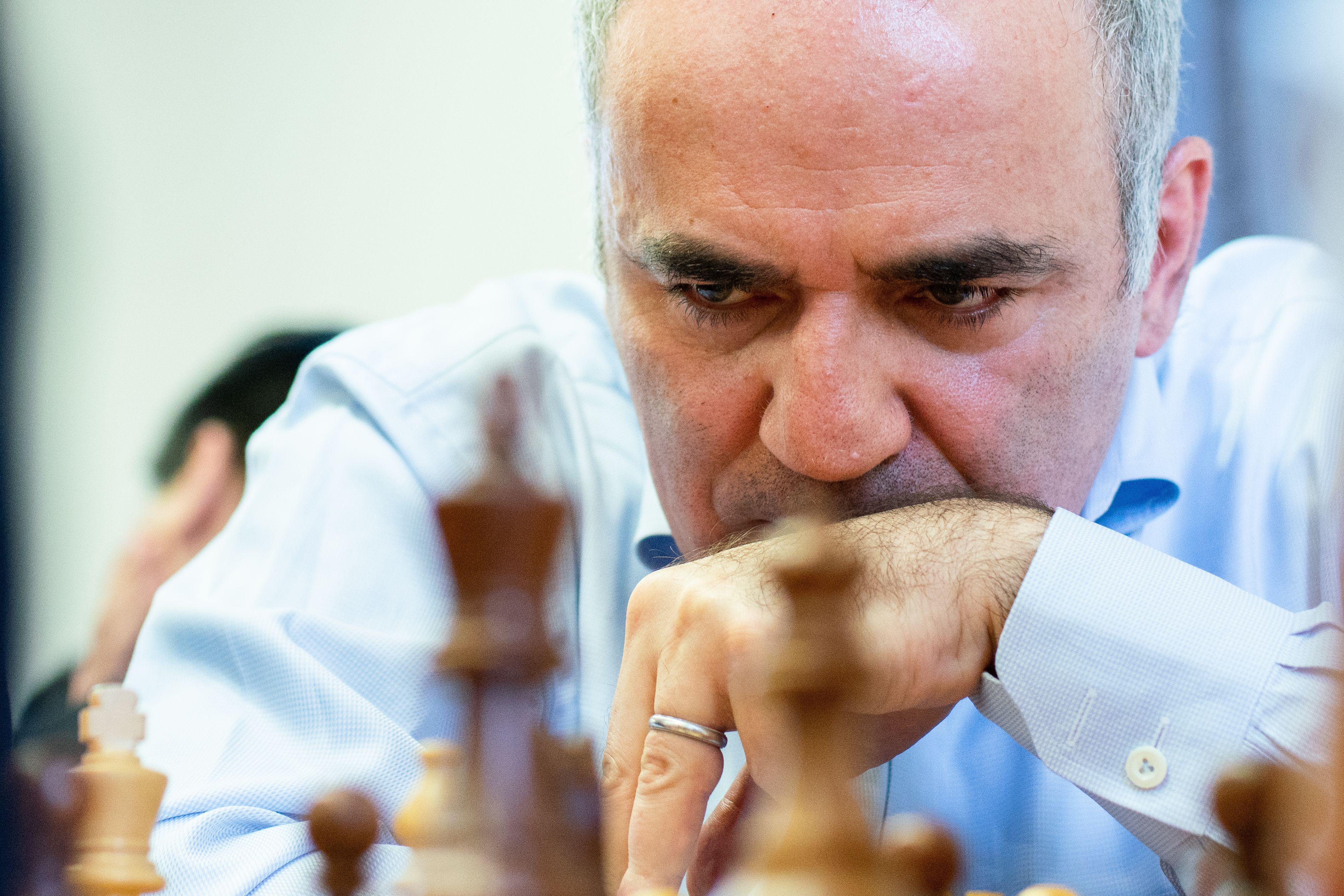
Hypermodern Chess
There have only been a few schools of chess that have made a major impact on the game and whose principles are still followed today—the Hypermodern school is one of them. Let's find out what hypermodern chess is and why it is important.
Here is what you need to know about hypermodern chess:
What Is Hypermodern Chess?
Hypermodern chess (also known as hypermodernism) is one of the most influential and game-changing schools in chess history. In the early 20th century, hypermodernism challenged the long-held idea that the center needed to be occupied by pawns in the opening.
Instead, the hypermodern players demonstrated that the center could be successfully controlled and fought for with pieces or indirect control of the center. Hypermodernism did not replace the old positional school but is viewed as an extension of classical theory and development of chess.
The first official world champion Wilhelm Steinitz's positional ideas and overall approach to the game were adopted by many. Siegbert Tarrasch's expansions on Steinitz's ideas created many principles and "rules," which the hypermodern players bent or completely broke.

The hypermodern players agreed that the center was important and needed to be fought for, but they disagreed with the idea that the center needed to be occupied by pawns. They created new ideas and put them into practice. One of the pioneers of hypermodern chess, Aaron Nimzowitsch, created opening systems based on his many ideas, including the Nimzo-Indian Defense.

Hypermodern Principles And Openings
In his famous work titled My System, Nimzowitsch outlined these new chess ideas that included undermining the center, pawn chains, overprotection, prophylaxis, creating knight outposts, and much more. These ideas meshed with the ideas of new hypermodern openings.
These openings are not based on moving the e- or d-pawn up two squares like almost all previous openings. Instead, they begin with a knight development with 1.Nf3 or an immediate fianchetto with 1.b3 or 1.g3 with the white pieces. As Black, the hypermodern openings do not reply to 1.e4 with 1...e5 or with 1...d5 against 1.d4. Against 1.d4 they begin with 1...Nf6, which controls the squares e4 and d5 without occupying these central squares.
The idea of attacking the center indirectly can be seen after just three moves in the Nimzo-Indian Defense. After 1.d4 Nf6 2.c4 e6 3.Nc3 Bb4, we can see that both the knight on f6 and the bishop on b4 are fighting for the e4-square. The bishop on b4 is not directly attacking the e4-square, of course, but it pins the knight on c3 that is White's only piece attacking the e4-square.

Another common feature of most hypermodern openings is the fianchetto. A fianchettoed bishop indirectly controls the center from a wing, allowing this piece to indirectly fight for control of the center. This idea can be seen in the Queen's Indian Defense (which contains an early queenside fianchetto):

The fianchetto is seen very early in the English Opening, King's Indian Defense, Modern Opening, King's Indian Attack, Pirc Defense, Nimzo-Larsen Attack, and many other openings. Most of these openings allow the opponent to create a strong center, which will be targeted and attacked by pieces later. This can be seen in the King's Indian Defense, an opening still extremely popular today.

Hypermodern Chess Today
Hypermodern chess ideas are still employed widely today. The most popular reply to 1.d4 is overwhelmingly 1...Nf6. The Nimzo-Indian and King's Indian Defenses both begin with this move, are both extremely popular, and have been played by virtually every world champion and world-class player for almost a hundred years. Some of the strongest players of all time, including GM Garry Kasparov and GM Bobby Fischer, have played the King's Indian Defense and Nimzo-Indian Defense very often.

The Reti Opening with 1.Nf3 is still seen at top-level play, and the Nimzo-Larsen Attack with 1.b3 has been played by GM Magnus Carlsen, GM Hikaru Nakamura, and many others in fast time controls—hypermodern chess is here to stay! Check out any of the hypermodern openings in Chess.com's Openings or Explorer feature.
Conclusion
You now know what hypermodern chess is, what the hypermodern principles and openings are, and how the hypermodern ideas and openings are still used today. Head over to Chess.com's Opening Explorer to learn more about these openings today!




